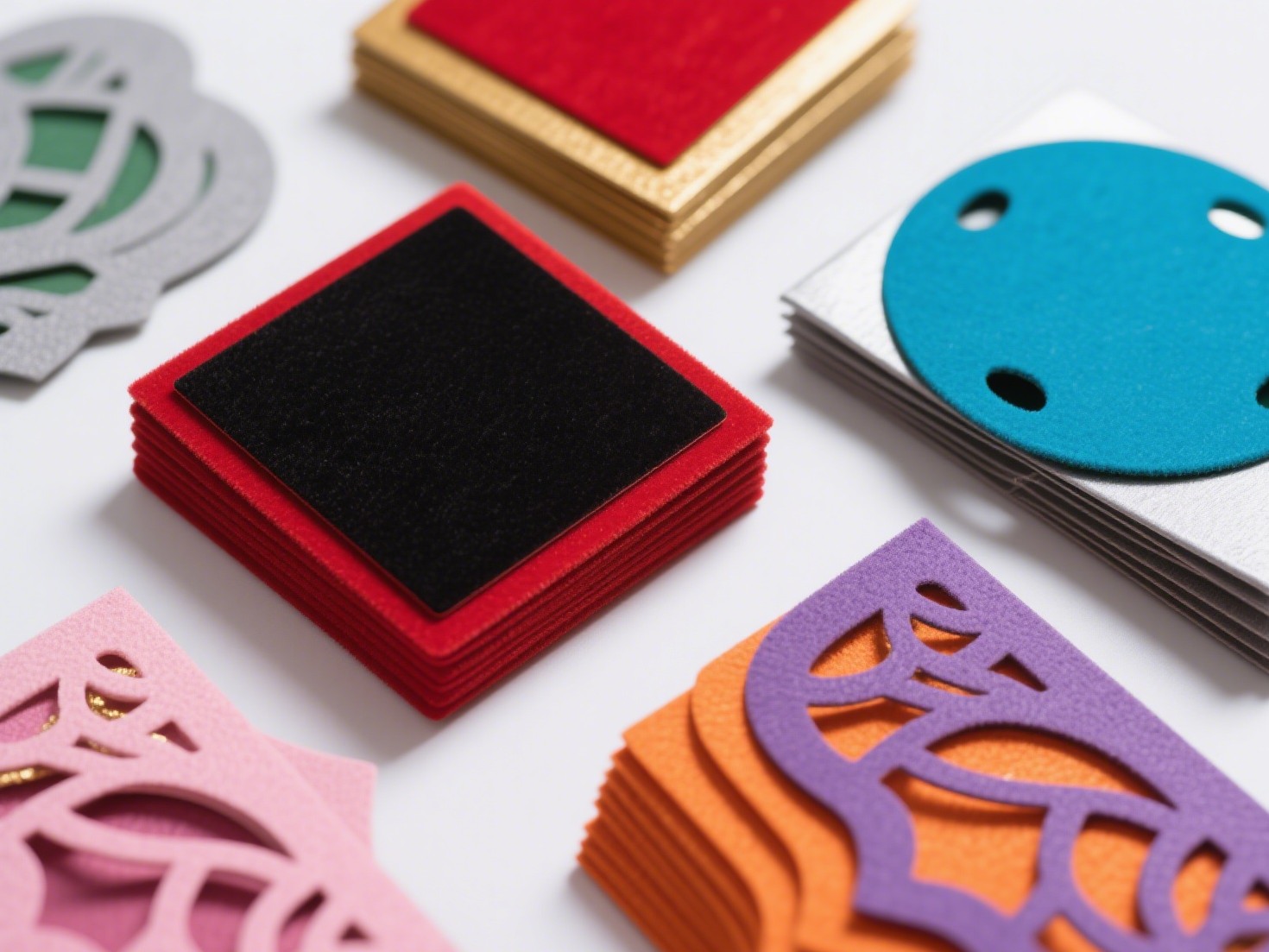Beat the Heat: The Ultimate Guide to Choosing the Best Materials for Hot Weather Wear
As temperatures soar during the summer months, the quest for comfort becomes paramount. Choosing the right materials for clothing can significantly impact how we feel in the heat. This article delves into the science of fabric selection, exploring the best materials to wear in hot weather, their properties, and practical tips for making informed choices.
Understanding Fabric Properties
Before diving into specific materials, it’s essential to understand the key properties that make fabrics suitable for hot weather:
- Breathability: This refers to a fabric's ability to allow air circulation, which helps evaporate sweat and regulate body temperature.
- Moisture-Wicking: Fabrics that wick moisture away from the skin can keep you dry and comfortable, reducing the risk of chafing and irritation.
- Lightweight: Lighter fabrics tend to trap less heat, making them more comfortable in warm conditions.
- UV Protection: Some materials offer built-in protection against harmful UV rays, which is crucial for outdoor activities.
Top Materials for Hot Weather
- Cotton
Cotton is a classic choice for summer wear. Its natural fibers are highly breathable and absorbent, allowing sweat to evaporate quickly. Lightweight cotton fabrics, such as muslin or poplin, are particularly effective in hot weather. However, it’s worth noting that while cotton is comfortable, it can retain moisture, making it less ideal for high-intensity activities.
- Linen
Linen is often hailed as one of the best fabrics for hot weather. Made from the flax plant, linen fibers are thicker and more textured than cotton, which enhances breathability. The loose weave of linen allows for excellent air circulation, making it a favorite for summer dresses and casual wear. Additionally, linen has natural moisture-wicking properties, helping to keep the skin dry.
- Rayon
Rayon, a semi-synthetic fiber made from natural sources like wood pulp, is another excellent option for hot weather. It is lightweight, breathable, and has a silky feel that drapes beautifully. Rayon blends, such as rayon-cotton or rayon-linen, can offer the best of both worlds, combining comfort with durability.
- Bamboo
Bamboo fabric has gained popularity in recent years due to its eco-friendly properties and comfort. It is naturally breathable and moisture-wicking, making it ideal for hot and humid conditions. Bamboo also has antibacterial properties, which can help reduce odor, making it a great choice for activewear.
- Synthetic Fabrics
While natural fibers are often preferred for hot weather, certain synthetic fabrics can also perform well. Polyester and nylon, particularly those designed for moisture-wicking, can be excellent choices for athletic wear. These materials are lightweight, quick-drying, and often treated with UV protection, making them suitable for outdoor activities.
Practical Tips for Choosing Hot Weather Clothing
- Opt for Loose Fits: Loose-fitting clothing allows for better air circulation around the body, enhancing comfort in the heat.
- Choose Light Colors: Light-colored fabrics reflect sunlight, while dark colors absorb heat. Opt for whites, pastels, or light shades to stay cooler.
- Layer Wisely: If you need to layer, choose lightweight, breathable fabrics. A light cardigan or shawl can provide coverage without adding excessive warmth.
- Consider Activity Level: For high-intensity activities, prioritize moisture-wicking synthetic fabrics. For casual outings, breathable natural fibers like cotton or linen may be more comfortable.
- Check for UPF Ratings: When shopping for outdoor clothing, look for fabrics with a UPF (Ultraviolet Protection Factor) rating to ensure adequate sun protection.
Conclusion
Choosing the right materials for hot weather is crucial for maintaining comfort and well-being during the sweltering summer months. By understanding the properties of various fabrics and considering factors such as breathability, moisture-wicking capabilities, and UV protection, you can make informed decisions that enhance your summer wardrobe. Whether you prefer the classic comfort of cotton, the airy feel of linen, or the innovative properties of synthetic fabrics, the right material can make all the difference in beating the heat. Embrace the warmth with confidence, knowing you’re dressed for success!
